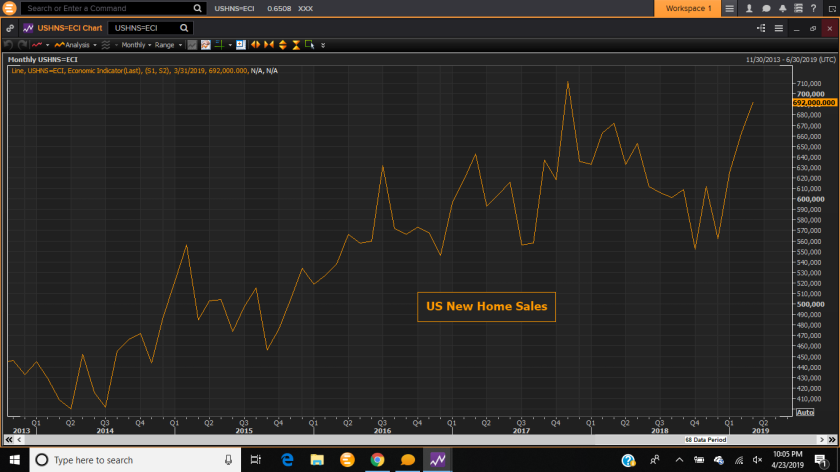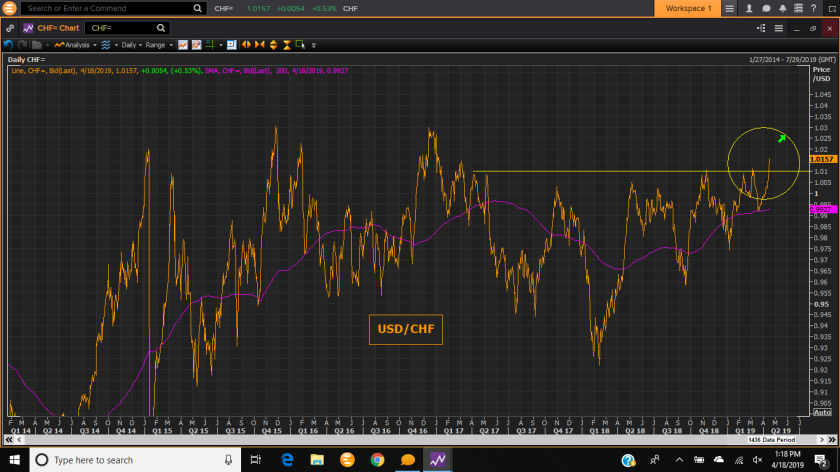Written by Bruce J. Clark
April 30, 2019
Just last October, a week after raising interest rates for the eighth time in this cycle, Fed chairman Powell said that rates were still “a long way from neutral”. See https://cnb.cx/2V5yC9k . It was both an expression of confidence in the economy and in the Fed’s plan to continue methodically tightening policy. Growth was strong and the board projected five more rate hikes through 2020.
But life comes at you fast. Predictions that the robust US economy would spark a broader global recovery in 2019 haven’t worked out as planned. Almost the opposite. Persistent weakness abroad has now washed up on American shores, forcing an about-face at the Fed.
It’s becoming somewhat alarming that many regions of the world still struggle to sustain growth despite years of extreme stimulus. Authorities in Japan and Europe have grossly distorted their markets with negative interest rates and yet have very little to show for it. Even the massive credit impulse launched by the Chinese in the past few months appears to have landed with a thud as purchasing manager’s (PMI) numbers for April in both manufacturing and services sectors missed across the board. See https://cnb.cx/2UQUAb0 .
The deflationary impact from technology and the challenges it poses to conventional monetary policy prescriptions is unprecedented, and expanding. Traditional remedies simply aren’t as effective as they once were and many central bankers are unsure how to respond. Policymakers urge patience as cover for a growing sense of anxiety.
This leaves the heavy lift of stabilizing global growth and inflation expectations to the Fed, forcing them to compensate for the impotence of their foreign counterparts. They also can’t allow the dollar to explode higher. See “The Dollar and Deflation .” You probably won’t hear much about it at this week’s FOMC meeting but the Fed will begin lowering rates later this year, and by more than what anyone currently expects. The front-end futures market has one cut priced in for 2019 and one for 2020. There’s more to come and still good value in this play.















